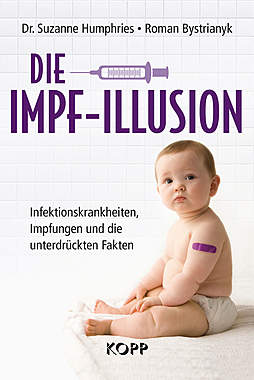- EU-Verbot fĂĽr Stevia - Inge, 16.09.2006, 09:44
- Re: EU-Verbot fĂĽr Stevia - Yak, 16.09.2006, 09:54
- Re: EU-Verbot fĂĽr Stevia - Holmes, 16.09.2006, 13:31
- war das nicht im Jahr 2000??? (o.Text) - Heller, 16.09.2006, 15:42
- Re: EU-Verbot fĂĽr Stevia / http://www.stevia-laden.de/ - - Elli -, 16.09.2006, 16:27
- Re: EU-Verbot fĂĽr Stevia / http://www.stevia-laden.de/ - Inge, 17.09.2006, 09:34
- Re: EU-Verbot fĂĽr Stevia - Doomsday, 16.09.2006, 20:47
- Stevia wirklich gesund? Andere Meinung... - Andar, 17.09.2006, 12:07
- Re: EU-Verbot fĂĽr Stevia - Yak, 16.09.2006, 09:54
Stevia wirklich gesund? Andere Meinung...
-->The Problem with Stevia
To stevia’s boosters, there’s no debate. The herb has been consumed without apparent harm in different parts of the world for many years, they argue. No reports of any adverse reactions have surfaced after 30 years of use in Japan, for instance.
“But the Japanese don’t consume large amounts of stevia,” notes Douglas Kinghorn, professor of pharmacognosy (the study of drugs from plants) at the University of Illinois at Chicago.
“In the U.S., we like to go to extremes,” adds toxicologist Ryan Huxtable of the University of Arizona in Tucson. “So a significant number of people here might consume much greater amounts.”
Here’s what troubles toxicologists:
Reproductive problems. Stevioside “seems to affect the male reproductive organ system,” European scientists concluded last year. When male rats were fed high doses of stevioside for 22 months, sperm production was reduced, the weight of seminal vesicles (which produce seminal fluid) declined, and there was an increase in cell proliferation in their testicles, which could cause infertility or other problems.1 And when female hamsters were fed large amounts of a derivative of stevioside called steviol, they had fewer and smaller offspring.2 Would small amounts of stevia also cause reproductive problems? No one knows.
Cancer. In the laboratory, steviol can be converted into a mutagenic compound, which may promote cancer by causing mutations in the cells’ genetic material (DNA). “We don’t know if the conversion of stevioside to steviol to a mutagen happens in humans,” says Huxtable. “It’s probably a minor issue, but it clearly needs to be resolved.”
Energy metabolism. Very large amounts of stevioside can interfere with the absorption of carbohydrates in animals and disrupt the conversion of food into energy within cells. “This may be of particular concern for children,” says Huxtable.
The bottom line: If you use stevia sparingly (once or twice a day in a cup of tea, for example), it isn’t a great threat to you. But if stevia were marketed widely and used in diet sodas, it would be consumed by millions of people. And that might pose a public health threat.
“The take-home message is simply that we don’t know enough,” says Huxtable.
That’s why the government needs to require companies to do more—and better—testing.
1 J. Food Hyg. Soc. Japan 26: 169, 1985.
2 Drug Chem. Toxicol. 21: 207, 1998.
Mehr zu den Studien:
http://www.cspinet.org/foodsafety/additives_stevia.html
<ul> ~ Ganzer Artikel</ul>
gesamter Thread:
 Mix-Ansicht
Mix-Ansicht

